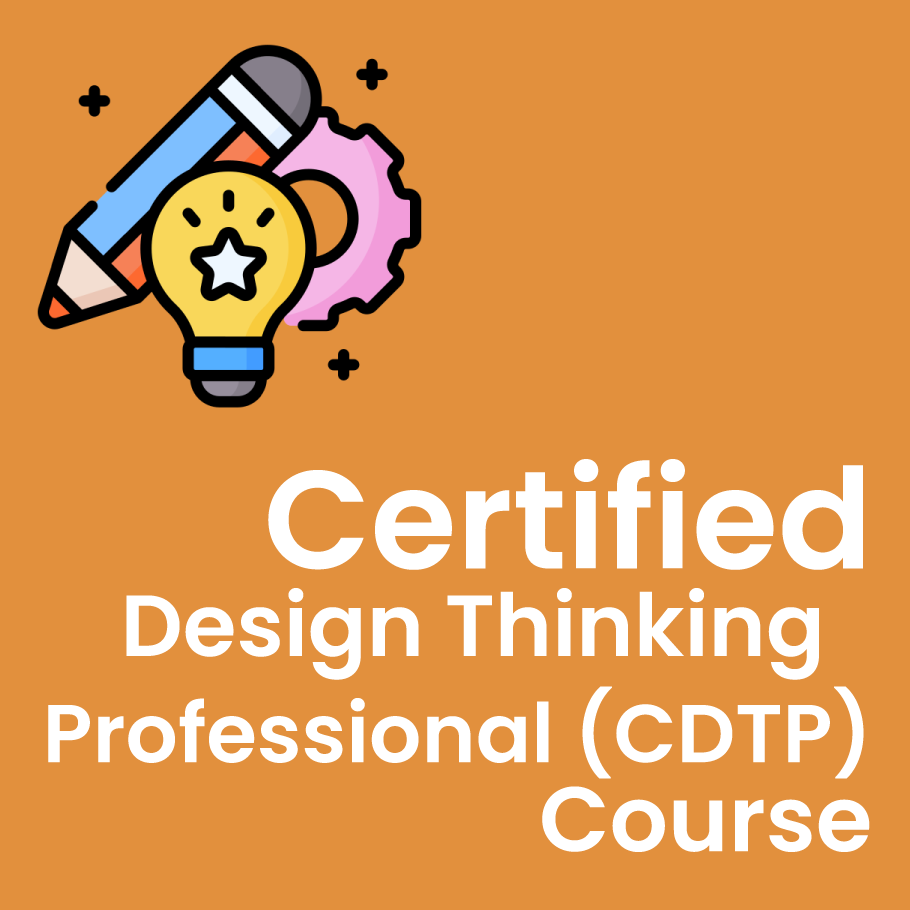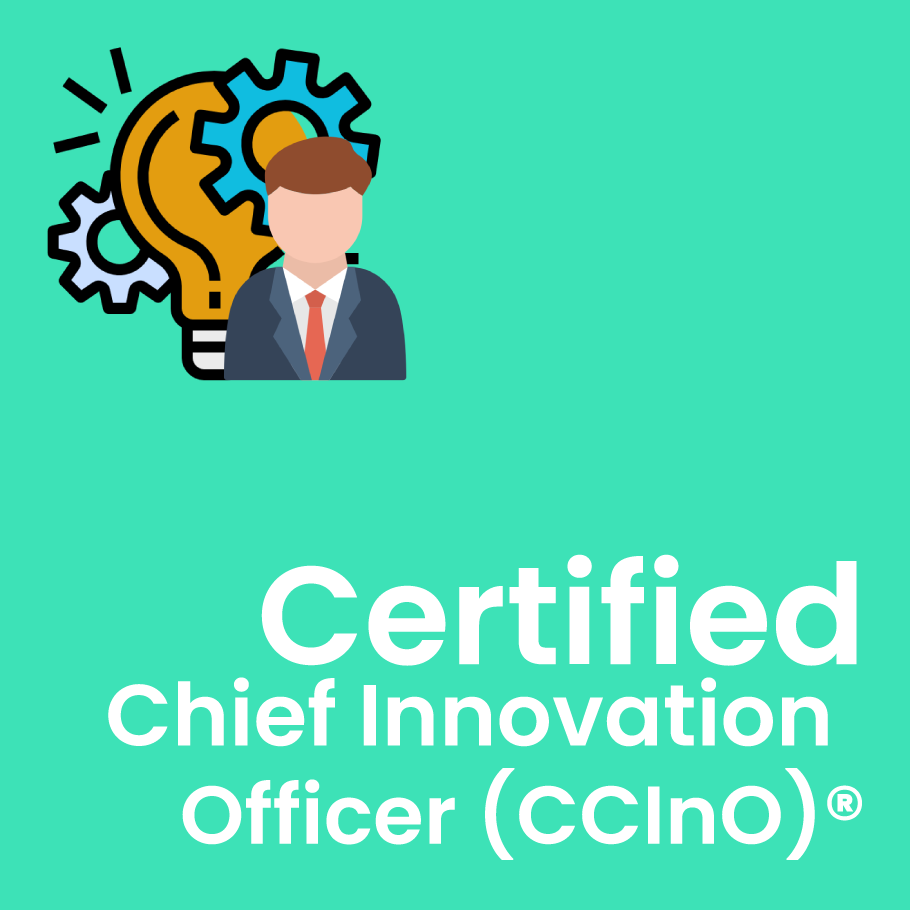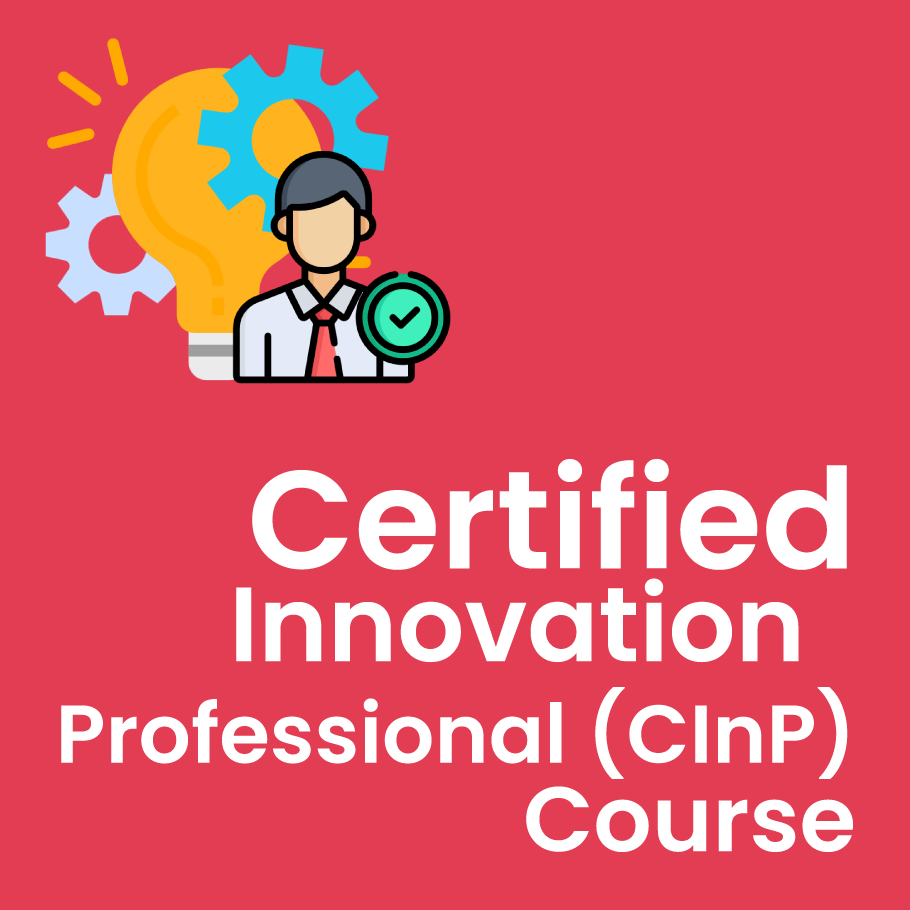Innovation is a key driver of success in today's rapidly changing world. To excel in this realm, professionals need to possess a deep understanding of Human-Centered Design (HCD), Design Thinking, and the various methods that foster innovation. GInI Certified Design Thinking Professional (CDTP)® is a prestigious certification that recognizes individuals who have demonstrated advanced proficiency in these areas. This article delves into the essential topics covered by CDTP, highlighting the significance of each aspect.
Benefits
Following are some benefits you will get after enrolling in the course.
Become an Innovative Thinker
You will come to understand what innovation is and the role it plays in driving business forward. You will learn how to think differently about the value and experiences your organization delivers to the markets. You will learn specific methods and techniques for pursuing innovation and ensuring innovation projects make it safely from concept to market.
Become the Driving Force for New Levels of Market Connection
By learning how to drive powerful and market-led solutions to emerging challenges, you will become recognized as a driving force for constantly reconnecting your business and its markets at increasingly higher levels. This will enable you to deliver meaningful impact to the business and transform it into a truly innovative organization.
Learn to See the World with New Eyes
You will come to understand how innovation requires stepping back and looking at challenges through a new set of lenses. You will learn how to decompose challenges into new hypotheses that can be tested and verified. You will also learn how to reexamine and challenge existing orthodoxies in the hunt for new and better ways to solve challenges.
Become a Catalyst for “What’s Next“
You will develop a deep appetite for finding new and better ways to deliver customer value and experiences. You will learn how to conceive market-winning next-generation solutions and how to advocate for these within the organization. You will come to understand how to be deeply attuned to your markets and how to deliver new demand-creating value in those markets.
Key Topics
The following are the key topics covered in the course.
1. Human-Centered Design
HCD places people at the forefront of the design process, acknowledging their needs, desires, and aspirations. By empathizing with users, innovators can create solutions that genuinely address their challenges. The CDTP certification ensures professionals grasp the fundamental principles of HCD and can apply them effectively.
3. Exploring Design Thinking Overall
Design Thinking is a holistic approach to problem-solving that fosters innovation and creativity. It encourages professionals to think outside the box, challenge assumptions, and embrace a collaborative mindset. CDTP equips individuals with a comprehensive understanding of Design Thinking principles and techniques, enabling them to tackle complex problems ingeniously.
4. The Design Thinking Process
The Design Thinking process provides a structured framework for problem-solving. It consists of several iterative stages, including empathizing, defining, ideating, prototyping, and testing. CDTP certification ensures professionals are well-versed in each stage of the process, enabling them to navigate the complexities of innovation effectively.
5. Gaining Different Points of View
Design Thinking encourages individuals to view problems from multiple perspectives. This allows for a more comprehensive understanding of user needs and opens up new possibilities for innovative solutions. CDTP candidates develop the ability to explore different points of view, fostering a rich and diverse approach to problem-solving.
6. Embracing Design Principles
Design Principles serve as guiding principles that shape the ideation and implementation of innovative solutions. They encompass elements such as simplicity, aesthetics, usability, and sustainability. CDTP certification ensures professionals are equipped with a deep understanding of design principles and can apply them to create impactful solutions.
7. Employing Design Methods for Observation
Observation is a crucial aspect of the design process, enabling professionals to gain insights into user behavior, preferences, and pain points. CDTP candidates learn effective design methods for observation, such as user interviews, contextual inquiries, and ethnographic research. These techniques empower professionals to uncover valuable insights that drive innovation.
8. Utilizing Design Methods for Inquiry
Design Thinking emphasizes the importance of asking the right questions to uncover valuable information and challenge assumptions. CDTP equips professionals with effective design methods for inquiry, including conducting user surveys, focus groups, and usability testing. These methods foster a deep understanding of user needs and inform the development of innovative solutions.
9. Implementing Design Methods for Experimenting
Experimentation is a key component of the innovation process. CDTP candidates learn various design methods for experimenting, such as rapid prototyping and A/B testing. These methods allow professionals to validate ideas, gather feedback, and iterate on their solutions, ultimately driving successful innovation outcomes.
10. Leveraging Design Methods for Study
Continuous learning and improvement are essential in the innovation journey. CDTP certification emphasizes the importance of design methods for study, such as user feedback analysis and usability evaluations. These methods enable professionals to evaluate the effectiveness of their solutions and identify areas for enhancement.
11. The Critical Role of Prototyping
Prototyping is a vital step in the Design Thinking process. It involves creating tangible representations of ideas to gather feedback, refine concepts, and bring solutions to life. CDTP candidates gain a deep understanding of prototyping techniques and learn how to leverage them to drive innovation and create meaningful user experiences.
Conclusion
Becoming a GInI Certified Design Thinking Professional (CDTP)® signifies a mastery of innovation methods. This certification acknowledges an individual's advanced understanding of Human-Centered Design, Design Thinking, and the various elements that contribute to successful innovation. CDTP equips professionals with the knowledge and skills needed to navigate the complexities of the design process and create impactful solutions that address real-world challenges.




